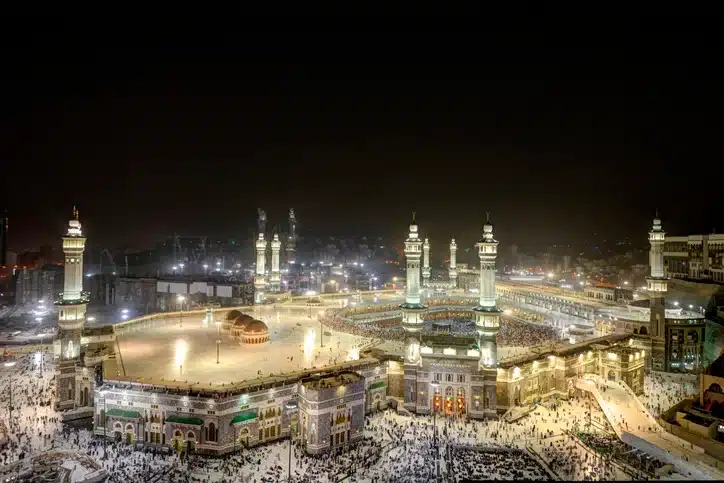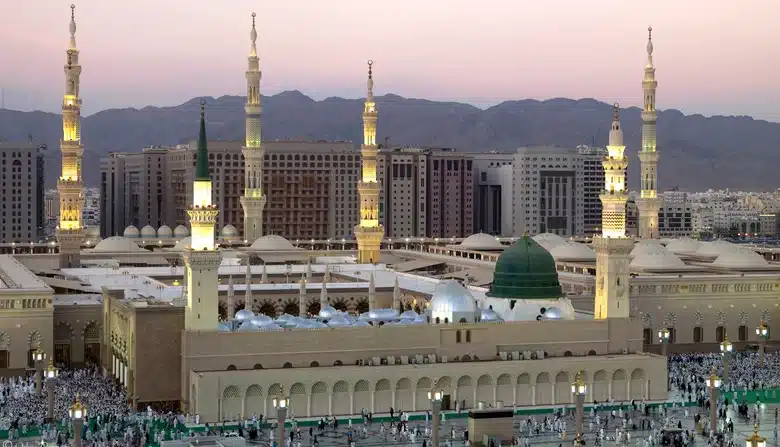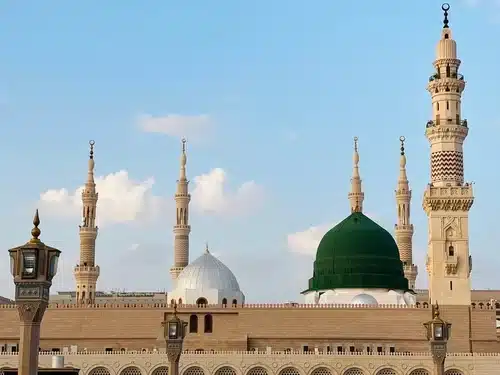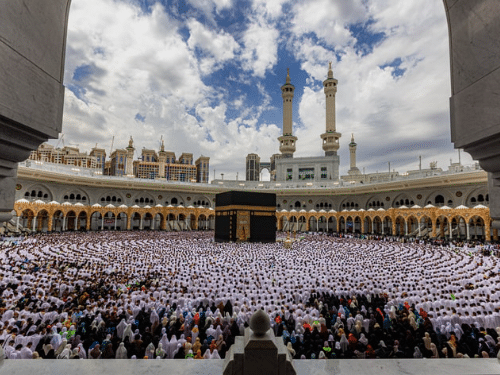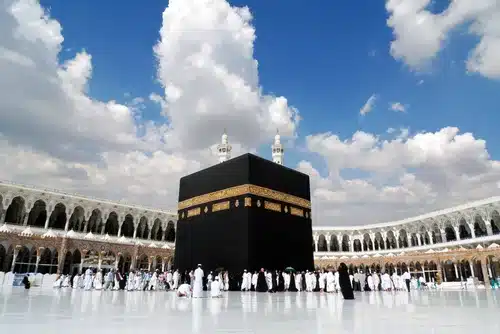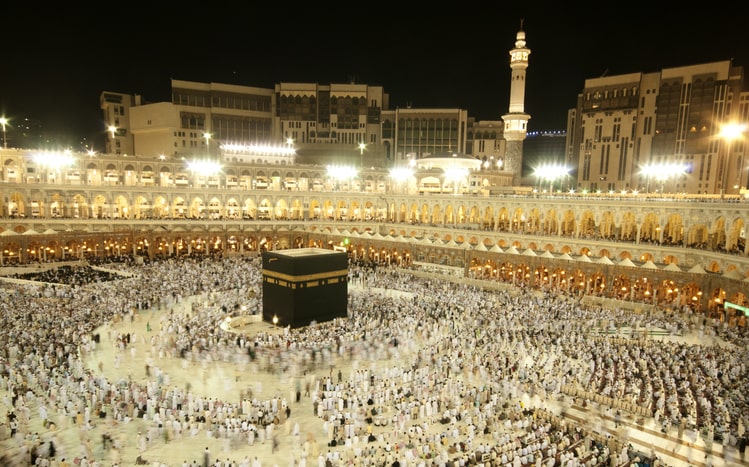The 10 Oldest Masjids Around The World
Masjid Al-Aqsa: –
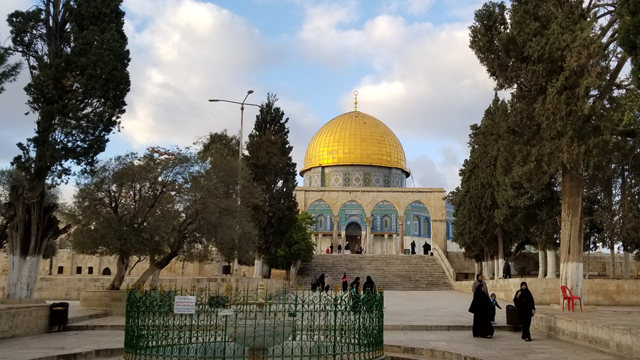
Masjid Al-Aqsa, an iconic Islamic structure, boasts a rich history dating back to 705 AD. Nestled in the heart of Jerusalem, it occupies a profoundly revered status among Muslims globally. Before the Holy Kaaba, Masjid Al-Aqsa served as the primary Qibla for Muslims, signifying its paramount importance. Beyond its historical significance, it stands as the third holiest site in Islam, believed to be the location from which Prophet Muhammad embarked on his Night Journey. The mosque’s breathtaking architecture, adorned with stunning domes and intricate mosaics, mirrors centuries of Islamic heritage. Its sprawling complex encompasses not only the mosque but also historic sites and courtyards, preserving a legacy of spirituality and reverence.
Masjid Al-Haram: –
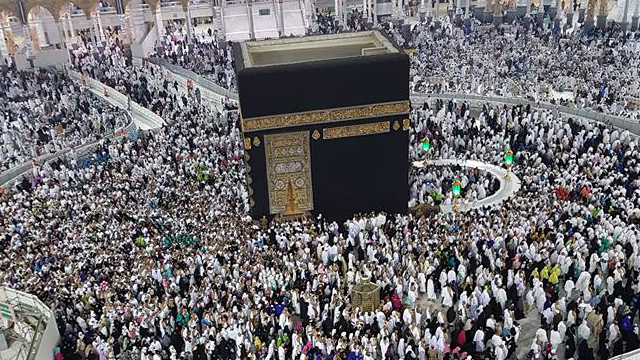
The Grand Mosque of Makkah, also known as Masjid Al-Haram, holds the distinction of being the oldest mosque globally, with a profound history dating back to the time of the holy prophet Hazrat Ibrahim and his son Hazrat Ismail, who once prayed within its sacred walls. Over centuries, this remarkable sanctuary has become the epicenter of the Islamic faith, drawing millions of devout Muslims from every corner of the globe. Today, Muslims worldwide turn towards the Qibla, the Holy Kabah, housed within Masjid Al-Haram, as they offer their obligatory prayers, symbolizing their deep spiritual connection and unity as they face this revered direction.
Masjid An-Nabawi: –
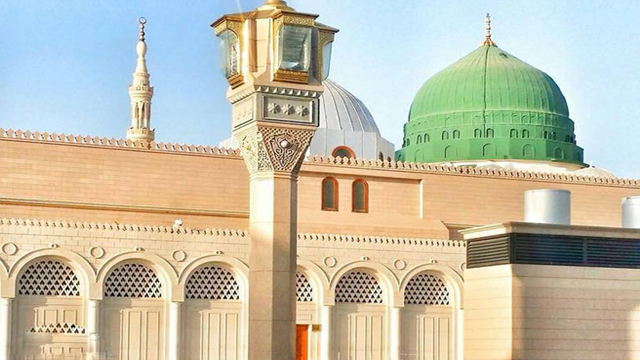
When Prophet Mohammad (peace be upon Him) embarked on his historic migration from Makkah to Madina, the foundation of this magnificent mosque was laid. The Holy Prophet Mohammad (PBUH) personally and passionately contributed to its construction, symbolizing unity and faith. Today, this iconic sanctuary stands as the second-largest mosque globally, a testament to the enduring legacy of Islam. With its sprawling architecture and spiritual significance, it continues to draw pilgrims and worshippers from across the globe, serving as a profound symbol of devotion and a center for Islamic culture and heritage.
Mosque of Sanaa: –
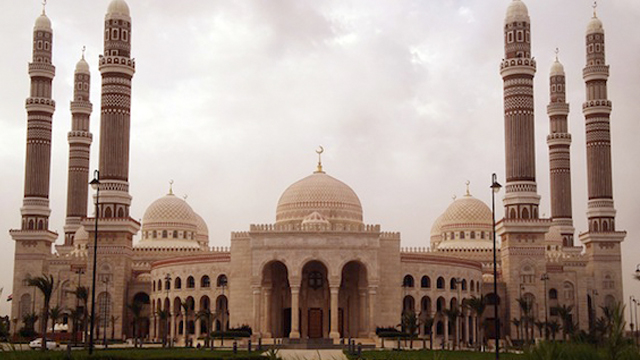
The Great Mosque of Sanaa, a remarkable architectural marvel, boasts a rich history dating back to the 7th and 8th centuries. This venerable structure stands as a testament to the enduring craftsmanship of its builders, showcasing breathtakingly beautiful Islamic architecture. Nestled adjacent to the historic Ghumdan Palace site, the mosque’s location adds to its cultural significance, forming a compelling historical and architectural duo. With its intricate designs and historical prominence, the Great Mosque of Sanaa not only serves as a place of worship but also as a living testament to the enduring legacy of Yemen’s architectural and cultural heritage.
Mosque of Uqba: –
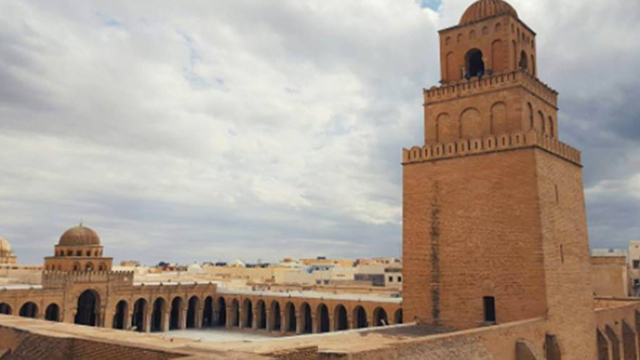
Situated in the historic city of Kairouan, Tunisia, the Great Mosque, also known as the Mosque of Uqba Ibn Nafi, stands as an enduring testament to Islamic architectural brilliance. Commissioned by the renowned Arab General Uqba Ibn Nafi in the early 7th century, it remains a masterpiece that has captivated admirers worldwide.
This magnificent mosque’s architectural influence reverberates through time, serving as a model for countless mosques that would come after it. Its harmonious blend of geometric patterns, intricate calligraphy, and elegant arches exemplifies the rich Islamic architectural tradition.
Beyond its architectural splendor, the Great Mosque has also been a revered center of Islamic scholarship and education, drawing scholars and seekers of knowledge from far and wide. Its hallowed halls have witnessed centuries of intellectual pursuit, making it a cherished symbol of Islamic heritage and wisdom.
Masjid al Quba: –
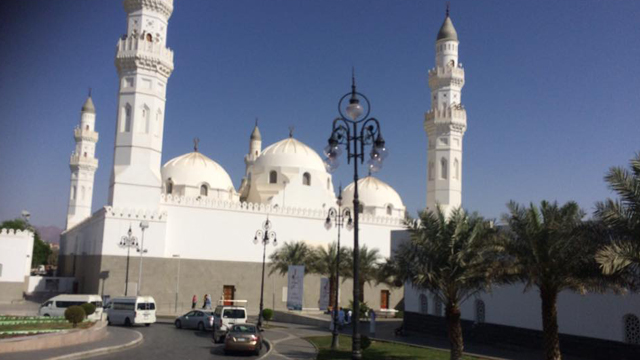
This historic mosque stands as one of the world’s ten oldest mosques, with a profound connection to the life of the Holy Prophet Mohammad (PBUH). Its construction holds a special significance, as it was during his return to Makkah from Madina that he actively participated in its building.
For Muslims globally, this sacred site holds deep spiritual value and reverence, symbolizing the roots of their faith and the enduring legacy of the Prophet. It serves as a testament to the historical journey of Islam and continues to draw pilgrims and worshippers from all corners of the world, seeking solace and spiritual enlightenment.
Ummayad Mosque Syria: –

This mosque is also known as the Great Mosque of Damascus. It was built in 634. It has attracted tourists from all over the world for centuries and is one of the most prized treasures of history.
The Mosque of Kufa: –
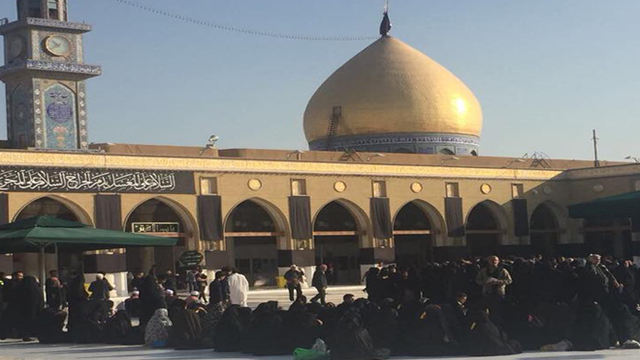
Built-in 670 AD this mosque had the extremely rich history. It holds a special place, especially for the Shia Muslims.
Jumma Masjid of Kilakarai: –
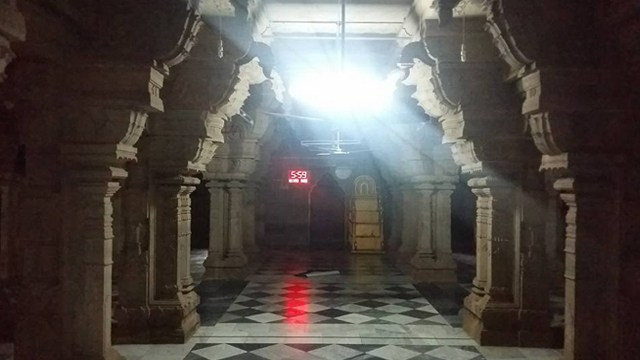
Located in Kilakarai, Tamil Nadu, this mosque was built during the reign of Pandiya Dynasty. It was built by a merchant from Yemen. This mosque signifies the spread and reaches of Islam during the early years.
Great Mosque of Xian: –
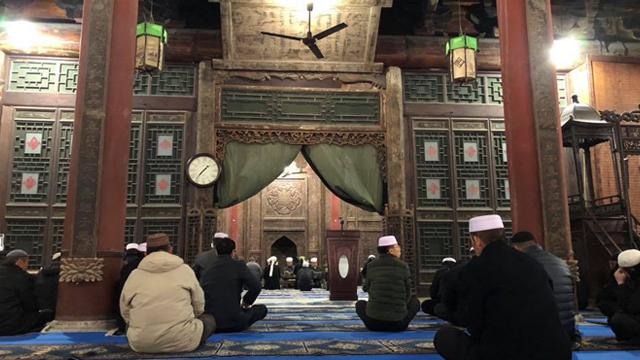
Built in 742, this mosque has a unique Chinese pagoda architecture. It’s the oldest mosque in China.






